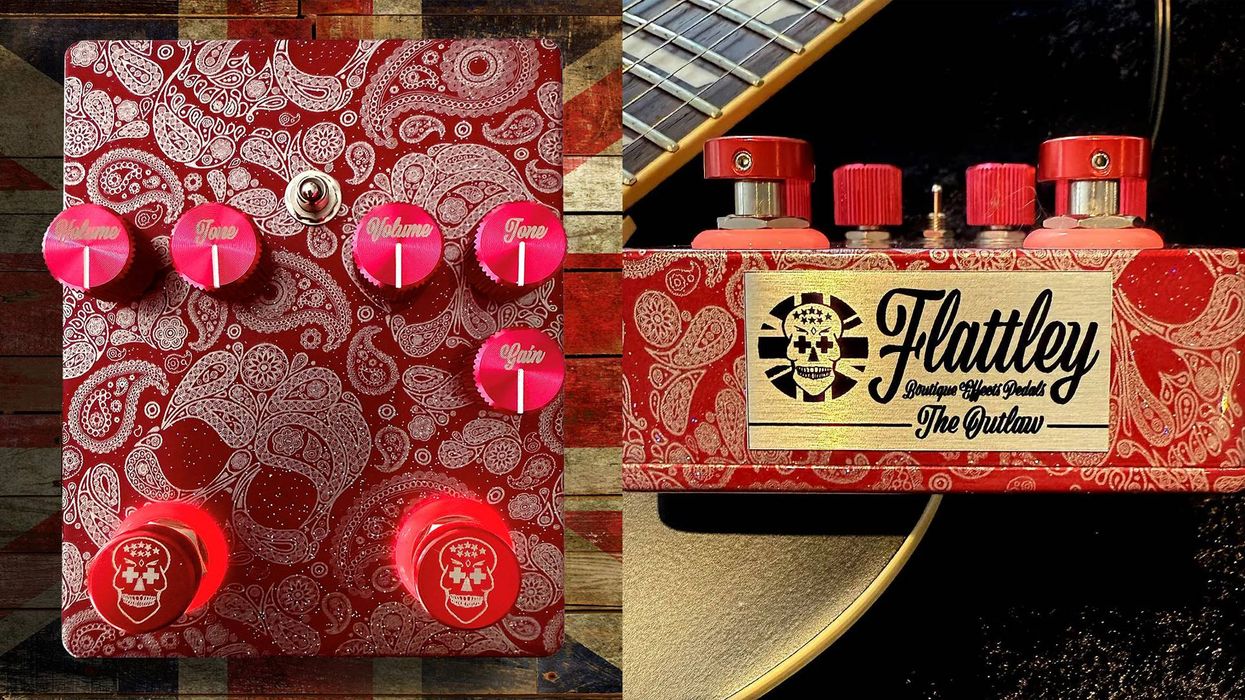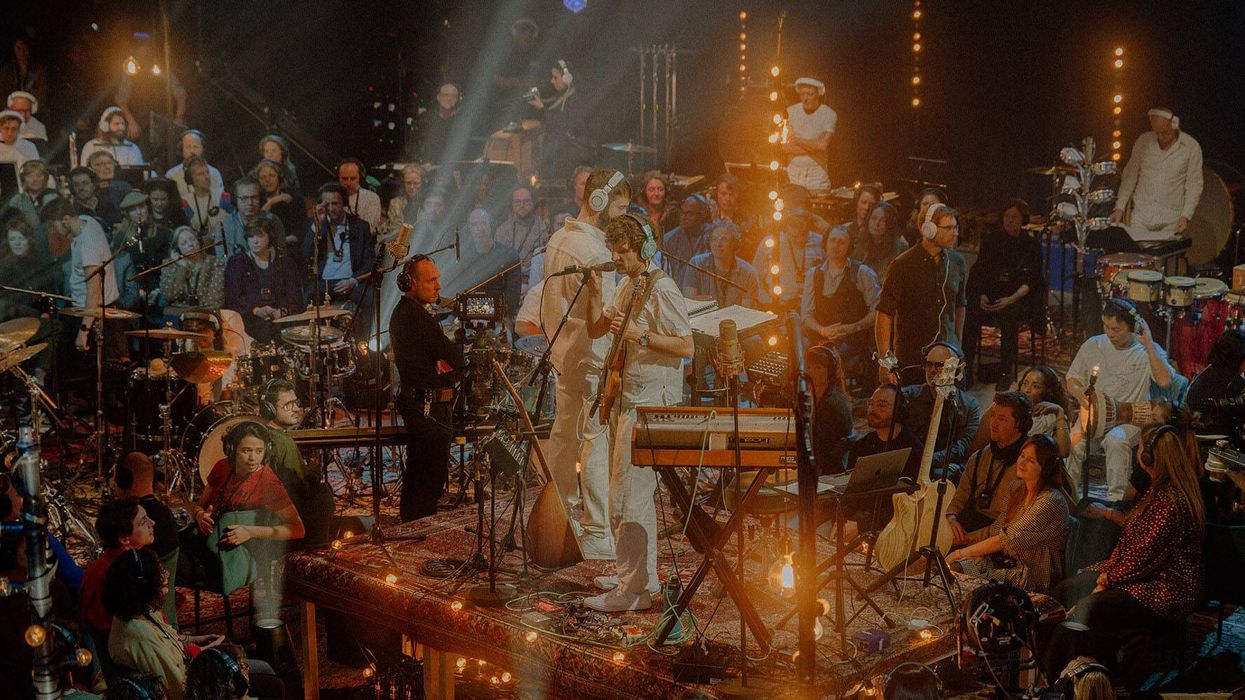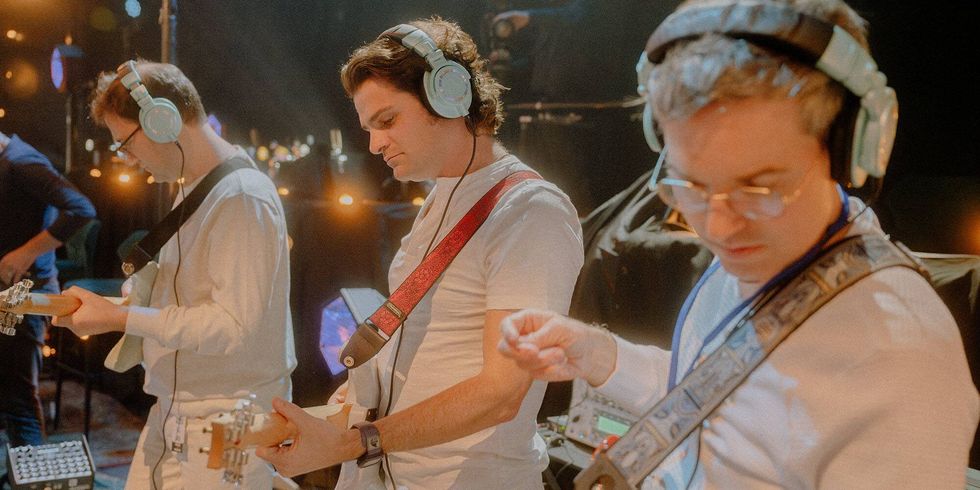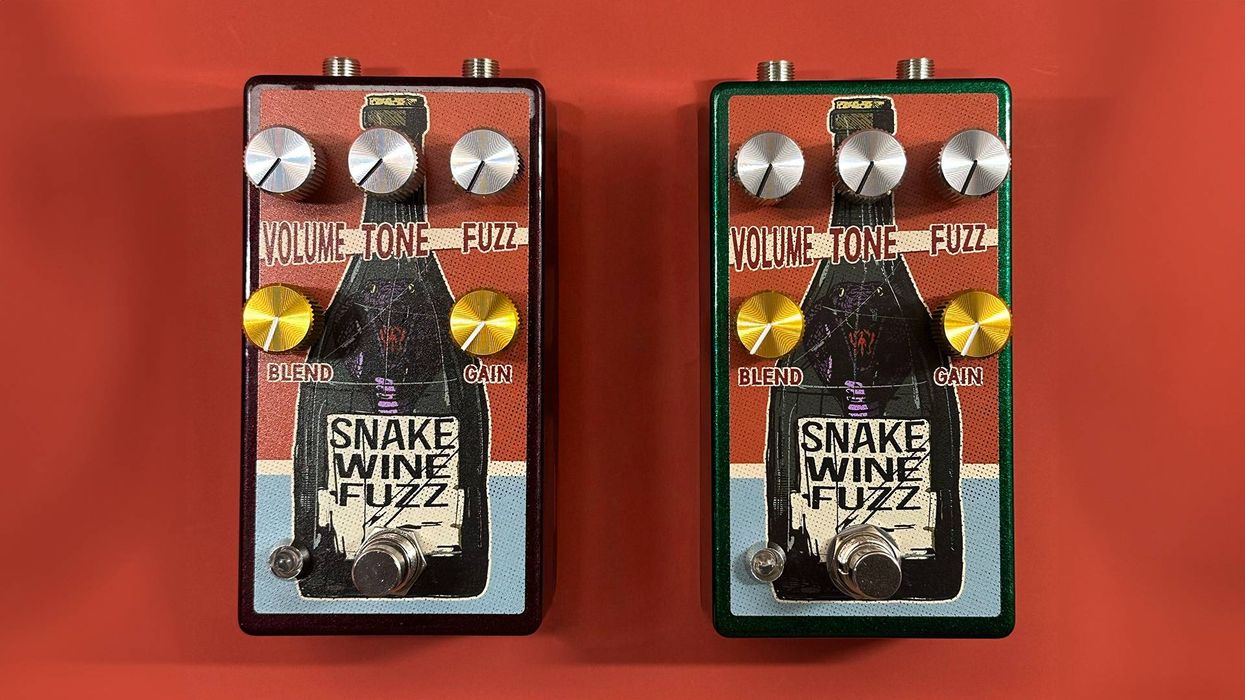Designed in collaboration with Blu DeTiger, this limited-edition bass guitar features a Sky Burst Sparkle finish, custom electronics, and a chambered lightweight ash body.
"This bass is a reflection of everything I love about playing," said Blu DeTiger. "I wanted an instrument that could handle the diversity of sounds I create, from deep, funky grooves to melodic lines that cut through the mix. Fender and I worked closely together to make sure this bass not only looks amazing but sounds incredible in any setting."
Featured as the cover of the Forbes 30 Under 30 music list, Blu, who defines her musical style in the "groovy Indie” genre blending elements of Pop, Rock, and Funk, represents the next generation of pop music, earning accolades and a dedicated global fanbase with her work alongside top artists and successful solo releases. Bringing her signature sound and style, Blu marks a new milestone in her storied partnership with Fender and solidifying her influence on the future of music in creating the Limited Edition Blu DeTiger x Player Plus Jazz Bass.
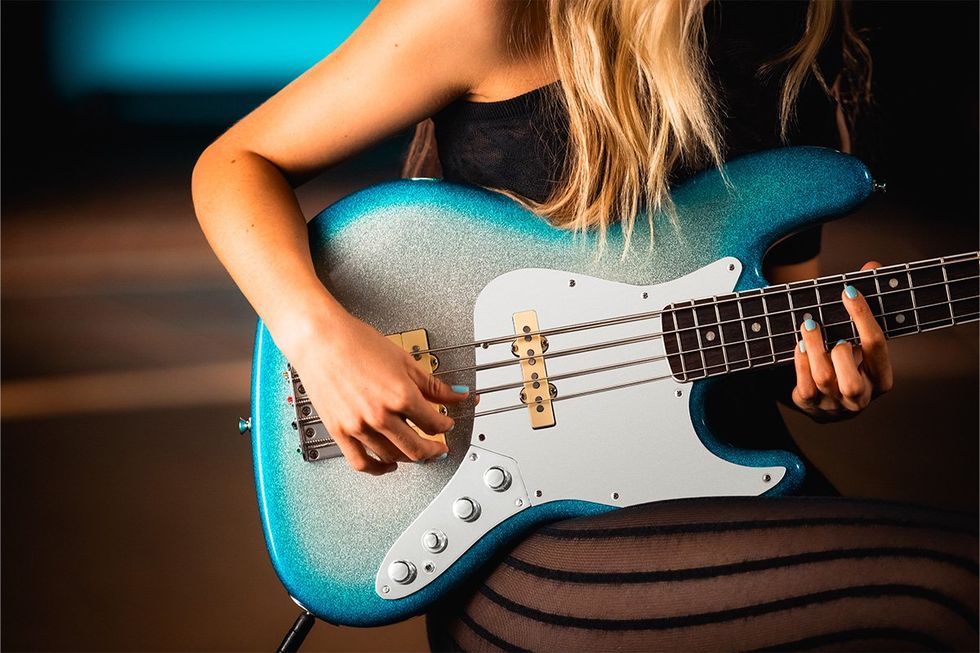
Limited Edition Blu DeTiger x Player Plus Jazz Bass ($1,599.99) - From the Sky Burst Sparkle to the chrome hardware and mirrored pickguard, every detail on this Jazz Bass echoes Blu’s artistic vision. The offset ash body is chambered to keep this bass as lightweight and comfortable as possible. The satin finished maple neck, bound 9.5” rosewood fingerboard and vintage tall frets provide smooth playability. The Custom Blu DeTiger Fireball bass humbucker and Player Plus Noiseless Jazz Bass Pickups fuse vintage charm with modern punch. The bass also includes an 18V Player Plus preamp with 3-band EQ and active/passive toggle, great for sculpting your tone and ideal for capturing the funky snap and growl that defines Blu’s sound. With its inspired aesthetics, signature sonics and Blu-approved features, the Limited Edition Blu DeTiger x Player Plus Jazz Bass lets you tap into the infectious pop energy that keeps this star shining!
Her successful releases including "Figure It Out,” "Vintage," and recent album “All I Ever Want is Everything” have earned her accolades and sent her on the road to tour across the world to perform for her dedicated fanbase. Her distinct style of playing has also seen her play live with top tier artists such as Olivia Rodrigo, Bleachers, Dominic Fike, Caroline Polachek, Chromeo, and more.



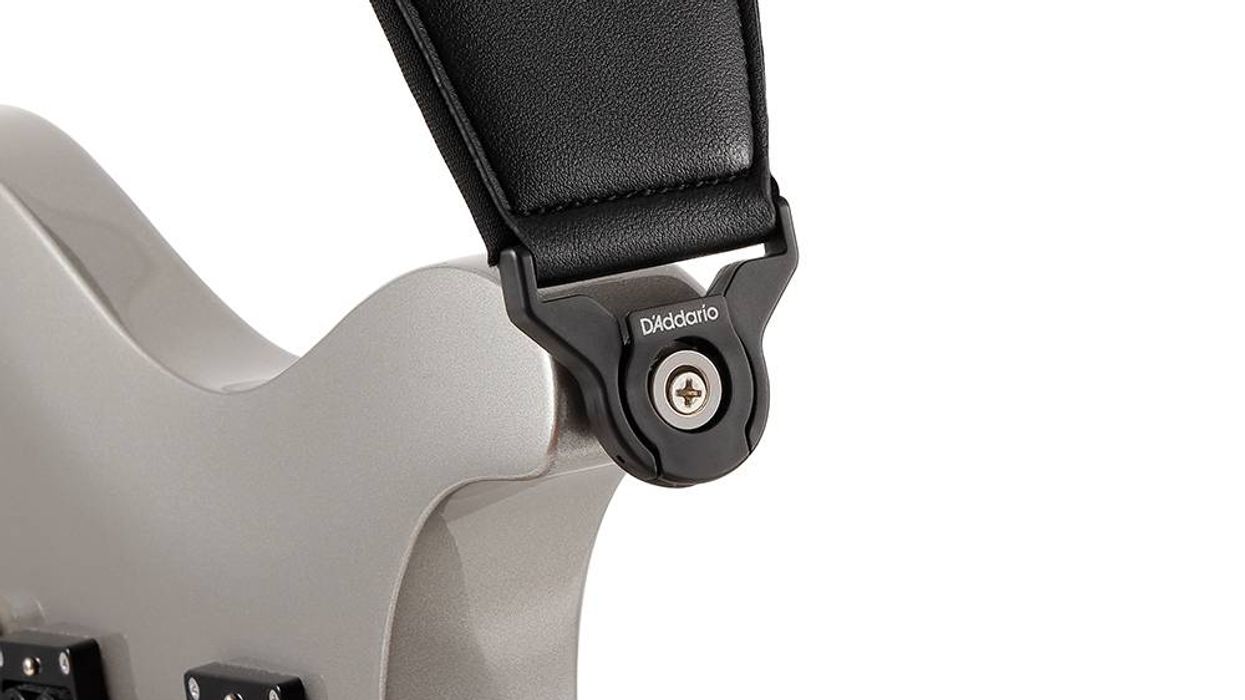

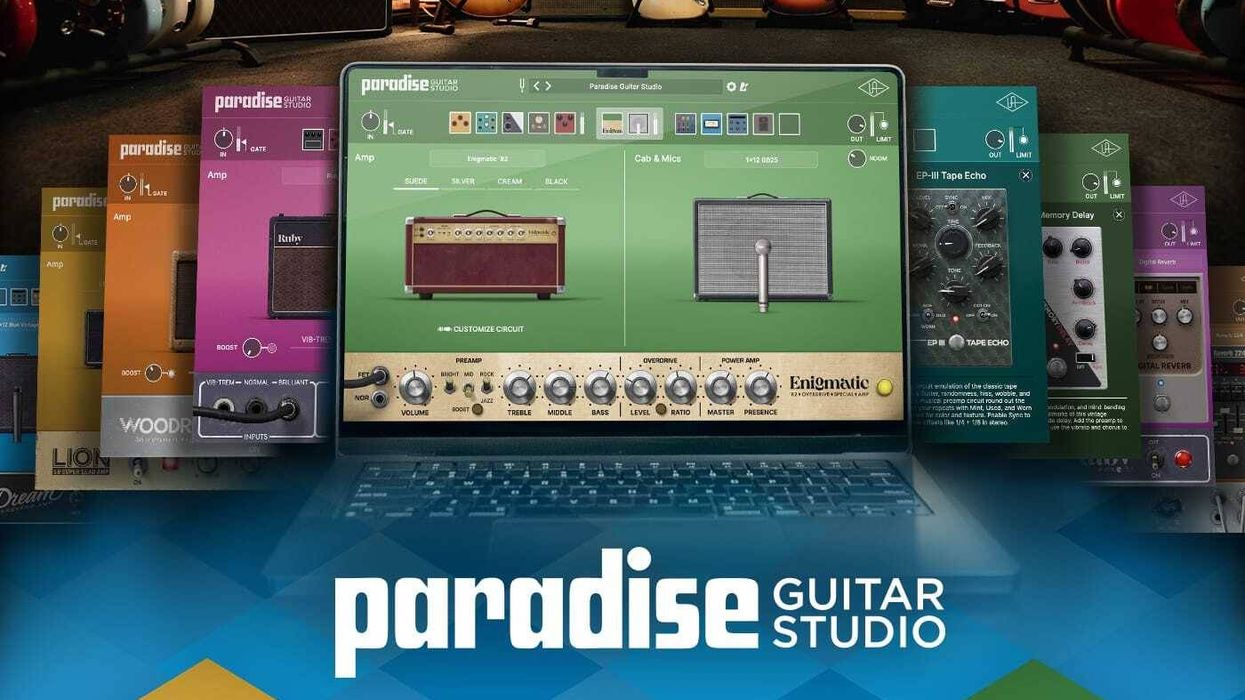





![Rig Rundown: AFI [2025]](https://www.premierguitar.com/media-library/youtube.jpg?id=62064741&width=1245&height=700&quality=70&coordinates=0%2C0%2C0%2C0)

